The 10 Coolest Open-Source Software Tools Of 2021
CRN’s list of the coolest open-source software in 2021 includes tools for developing next-generation applications, adapting applications to a SaaS model, sharing and analyzing data, managing Kubernetes systems and costs, and building and deploying machine learning models.

Open For Business
Open-source software tools are increasing in popularity because of the multiple advantages they provide including lower software and hardware costs, lack of vendor lock-in, simpler license management and support from active communities.
A recent report from MarketsandMarkets cited ongoing migration to cloud systems and digital transformation initiatives as key drivers for open-source software adoption.
Open-source software is also critical for solution and strategic service providers. The MarketsandMarkets report concludes that the global market for professional and managed services around open-source software will grow at an 18.2 percent compound annual growth rate from $21.7 billion this year to $50.0 billion in 2026.
The Linux operating system, MySQL database and Kubernetes container platform are among the most widely used open-source software. But there is a never-ending stream of innovative open-source tools and applications that can make life easier for IT managers.
Here’s a look at cool open-source software tools that caught our attention in 2021.
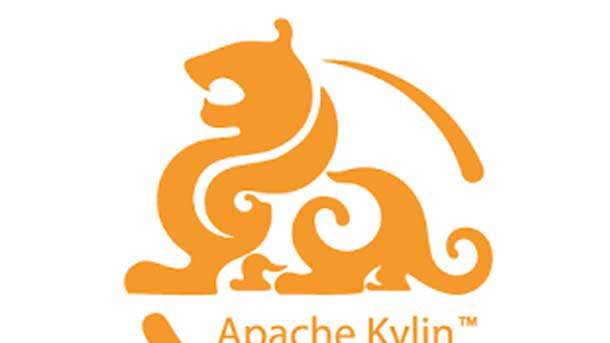
Apache Kylin
Apache Kylin is a distributed OLAP (online analytical processing) analytics engine that provides a SQL interface and multidimensional analysis capabilities for working with huge volumes of data.
The Kylin community recently debuted Kylin 4 that offers improved query performance and is easier to deploy and scale in the cloud. The new edition replaces the HBase storage engine with Apache Parquet, improving scalability by decoupling compute and storage functions. The new release also removes dependencies on the Hadoop platform.
Kylin was originally developed within eBay. In 2016 the original developers of the Kylin technology started Kyligence, a San Jose, Calif.-based company that offers a commercial version of Kylin with additional functionality and services. Earlier this year Kyligence debuted a cloud-native edition of its Kyligence Enterprise platform.
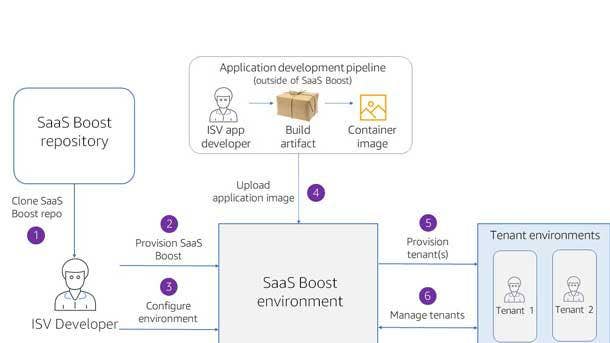
AWS SaaS Boost
AWS SaaS Boost is a tool used by ISVs to migrate their existing software to a Software-as-a-Service delivery model.
SaaS Boost significantly reduces development efforts by accelerating application transformation to SaaS including providing the foundational capabilities needed to provision IT infrastructure for tenants, on-board users, monitor consumption trends, configure tenant profiles, integrate applications with billing systems and surface key metrics—all while requiring only environment configuration to get started.
AWS previewed SaaS Boost at the re:Invent 2020 conference in December and began offering it in May of this year on the GitHub open-source code repository service under the Apache 2.0 license.
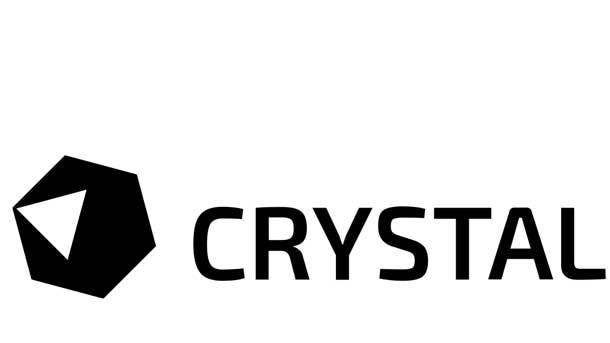
Crystal
Crystal is a new general-purpose, object-oriented programming language that the technology’s creators describe as “a language for humans and computers.”
The compiled system programming language is said to provide the efficiency and performance of the C programming language with the ease of use and productivity of the Ruby programming language. Crystal, in fact, has syntax similar to Ruby (“inspired by Ruby,” according to some descriptions) and is seen as an alternative to Ruby.
Crystal 1.0 was released in March after some 10 years of development by noted developers Ary Borenzweig, Brian J. Cardiff and Juan Wajnerman, along with several hundred other contributors. The 1.0 release signaled that Crystal had achieved a level of language stability, including a release plan.
The latest release of Crystal (1.2.2 out on Nov. 10, 2021) is available on GitHub under the Apache 2.0 license.
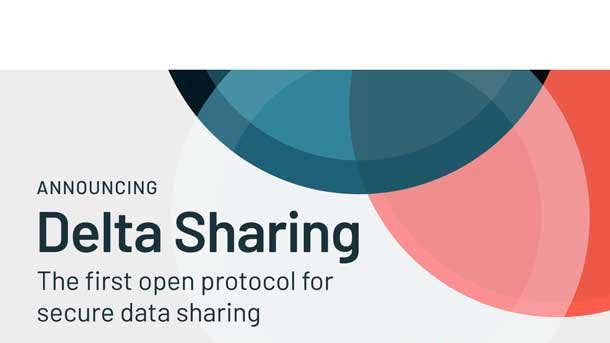
Delta Sharing
Big data software developer Databricks is behind the Delta Sharing initiative, launched in May, to create an open-source data sharing protocol for securely sharing data across organizations in real time, independent of the platform on which the data resides.
Delta Sharing, included within the open-source Delta Lake 1.0 project, establishes a common standard for sharing all data types—structured and unstructured—with an open protocol that can be used in SQL, visual analytics tools, and programming languages such as Python and R. Large-scale datasets also can be shared in the Apache Parquet and Delta Lake formats in real time without copying.
The Delta Sharing initiative has attracted support from a number of data providers, including Nasdaq, S&P and Factset, and leading IT vendors including Amazon Web Services, Microsoft and Google Cloud, according to Databricks.

Grafana
Grafana is an open-source data observability platform for collecting and analyzing metric, log and trace data generated by IT infrastructure, networks, cybersecurity tools and other systems. The system’s data analytics, visualization, dashboarding and alerting capabilities are used by IT and AppDev managers to monitor IT system performance and track users and events.
The Grafana software is developed by New York-based Grafana Labs, which also markets commercial enterprise and cloud service editions of the software along with Grafana-related services. About 800,000 businesses and organizations already use Grafana, about 90 percent of them using the open-source version that’s available under the AGPLv3 open-source license.
In November Grafana Labs struck a strategic partnership with Microsoft to develop a Grafana managed service that runs on the Azure cloud platform. The deal is similar to a partnership the startup has with Amazon Web Services.
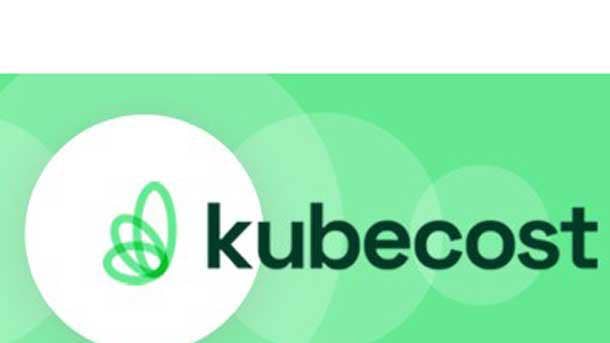
Kubecost
The proliferation of Kubernetes across cloud systems is making it difficult for IT managers to track and control cloud computing costs. Kubecost, developed by San Francisco-based Stackwatch, is an open-source tool for monitoring and reducing Kubernetes spending.
Kubecost improves cloud spending visibility by breaking down costs across Kubernetes concepts including deployment, service, namespace label and more. Managers can view costs across clusters in a single view or via a single API endpoint, according to the kubecost.com website, and the tool alerts users to cost overruns and infrastructure outage risks.
Kubecost runs on AWS, Microsoft Azure, Google Cloud Platform and other Kubernetes environments, including on-premises.
Kubecost is offered on GitHub under the Apache 2.0 license while Stackwatch provides a commercial edition of the software.
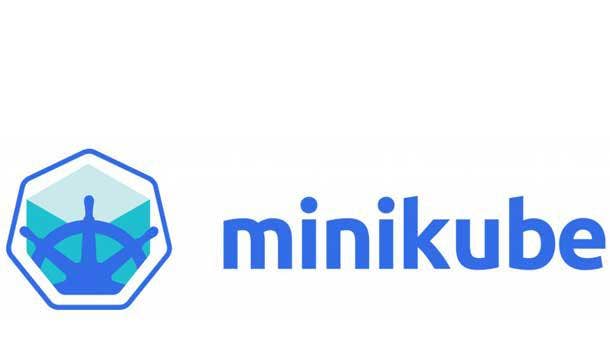
Minikube
Staying within the world of Kubernetes for the moment, Minikube is an open-source utility that makes it possible to run Kubernetes on a Windows, Mac or Linux laptop or desktop PC.
The lightweight implementation of Kubernetes creates a single node cluster contained in a virtual machine, making it easier to perform Kubernetes development tasks, test Kubernetes configurations or demonstrate Kubernetes deployments without having to install the entire Kubernetes system, according to the Sensu by Sumo Logic website.
The current release of Minikube, v1.24.0, is available on GitHub under the Apache 2.0 license.
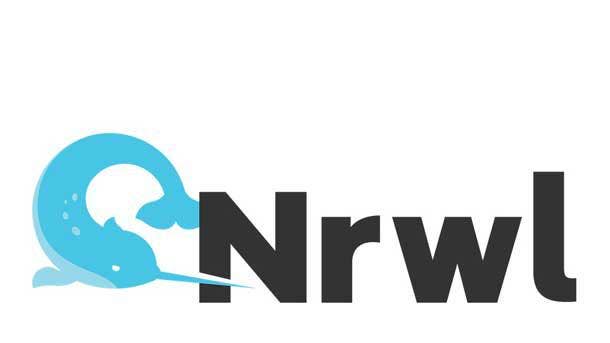
Nrwl Nx
Nrwl Nx is a toolkit and framework for building, testing and scaling enterprise-grade Angular applications. Nrwl Nx is developed by Narwhal Technologies and offered under the open-source MIT License.
Angular is a platform for building mobile and desktop web applications. It is generally one of the most popular development frameworks and is used by many large corporations.
The Nrwl Nx user ecosystem includes Accenture, American Airlines, Cisco Systems, Federal Express, Microsoft and Red Hat.
In late October Narwhal debuted Nrwl Nx 13 with core performance improvements such as cache restoration and project graph construction, consolidated workspace and project configuration, project-specific configuration files, target dependencies, dedicated Storybook preset for React, Storybook controls integration, support for TypeScript compiler plugins with NestJS, and a new NxDocs website. Nx 13.3 is the current release.
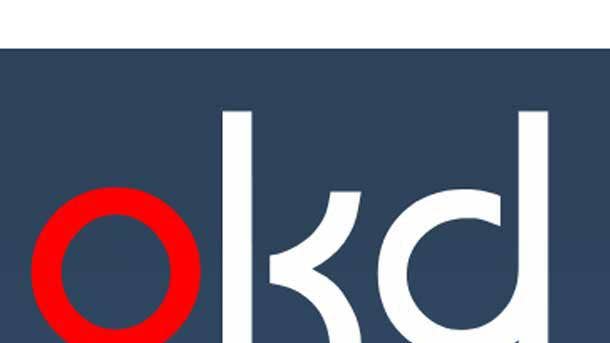
Red Hat OKD
OpenShift, Red Hat’s Kubernetes container software and tools, is a key element of the company’s multi-cloud/hybrid-cloud strategy. And a key component of OpenShift is the open-source OKD, a community distribution of Kubernetes that is optimized for continuous application development and multi-tenant deployment.
OKD is built around a core of OCI (Open Container Initiative) container packaging and Kubernetes container cluster management technologies, augmented by application life-cycle management functionality and DevOps tooling. That provides a complete open-source container application platform, according to the okd.io website.
All OKD project source code is available under the Apache License on GitHub. OKD 4.9.0 is the current stable release of the software.
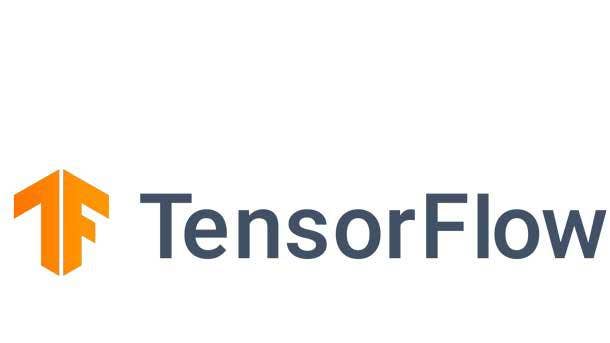
TensorFlow
With the growing use of machine learning there has been an explosion of commercial software products for building and deploying machine learning models and managing the data used to train and run them. But one of the most popular tools among engineers and developers today for machine learning tasks is TensorFlow, an open-source platform for developing and training machine learning models.
TensorFlow was originally developed within Google for internal use and then released in 2015 under the Apache 2.0 License. While TensorFlow competes with other open-source ML frameworks such as PyTorch, TensorFlow’s use has quickly grown since Google released TensorFlow 2.0 in September 2019.
TensorFlow has a comprehensive, flexible ecosystem of tools, libraries and community sources that help researchers “push the state-of-the art” in machine learning and developers to “easily build and deploy ML-powered applications,” according to the tensorflow.org website.
Today a broad range of businesses are using TensorFlow including Airbnb, Coca-Cola, GE Healthcare, Google, Intel and Twitter.